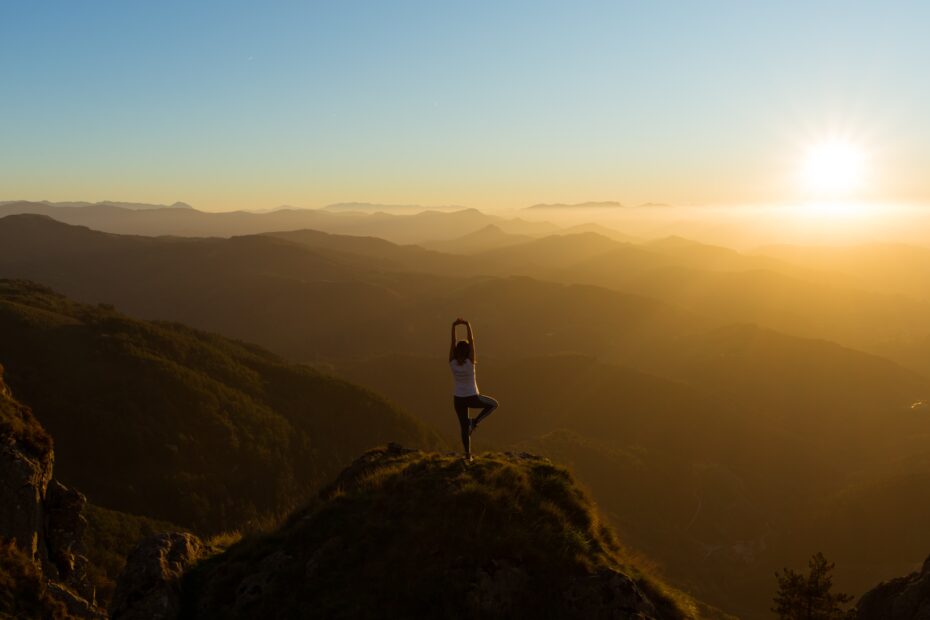Modern Application of Yoga Principles in Real Life
Stress Relief to Spiritual Relief
Whether they are guided by an instructor’s well-timed word, or in appreciation for the feelings of peace and connection that they have nurtured, each student eventually begins to explore the more spiritual aspects of the practice of yoga.
The student has already learned that they face the rest of their day more calmly, that their stress levels have plummeted, and that everything seems a little bit easier to face after a yoga class. They have reaped the benefits of the mind-body experience, meditation, the deep, full, abdominal breathing and the positive, supportive atmosphere generated by classmates.
Lost in Translation
When we begin to learn more about yoga, reading about Patanjali and his Eightfold Path, more often than not the explanations are cloudy. Crowded with Sanskrit terms and jumbled religious references, the simple philosophy of the Yoga Sutras becomes confusing and distant. The desire to learn becomes an intellectual struggle, and everything that’s opposite of the physical sensation and emotional calm of a great yoga practice.
The eightfold path is one of strict ascetic guidelines that only the most devoted practitioner could achieve. Like the goal of mystics in all of the great religious traditions, the ultimate aim of yoga is for the practitioner to achieve union with the Divine. Enlightenment, or Samadhi, it is generally understood, is not probable or even possible for most people.
Keep it real
Those of us who live in the real world require something a little more practical to help sustain us in the everyday chaos of modern life. The lofty goal of enlightenment can wait until after we’ve paid the bills.
Luckily for the down-to-earth, yoga is not an “all or nothing” practice. This is one of those instances where trying to achieve some of the work is far better than not trying at all. Because the ultimate goal is to act within ourselves as well as interact with the world around us with the peace and contentment of enlightenment, any step we take will be a step in the right direction.
However, there is another way to approach this study. There are modern applications for the ancient wisdom, and we are able to understand them and incorporate them into our daily lives.
Make it your own
In our practice of Asanas, we know that each of the poses has variations and flavors depending on the physique, strength and flexibility of the student. Similarly, each of the limbs of the eightfold path can be adjusted or modified to provide the student with the maximum benefit based on what he or she brings to the practice.
You don’t need to change faiths to practice yoga. Some say that yoga transcends and includes all religions, it is beyond religion. I’ve heard it eloquently called a “prayer tool”, and compared to the way that music is utilized as a tool for worship in many churches.
Getting Started Off the Mat
Simply put, we are transformed by applying ourselves however we are best able. So, how might a modern yogi apply the Eightfold Path? How would students extend their practice off the mat?
There are many practical everyday applications for the Yamas and Niyamas, Pranayama, and the other limbs of the eightfold path. Moreover, these lessons can be applied anytime anywhere by anyone. Non-yogis and yogis alike can benefit from the lessons they can teach us.
